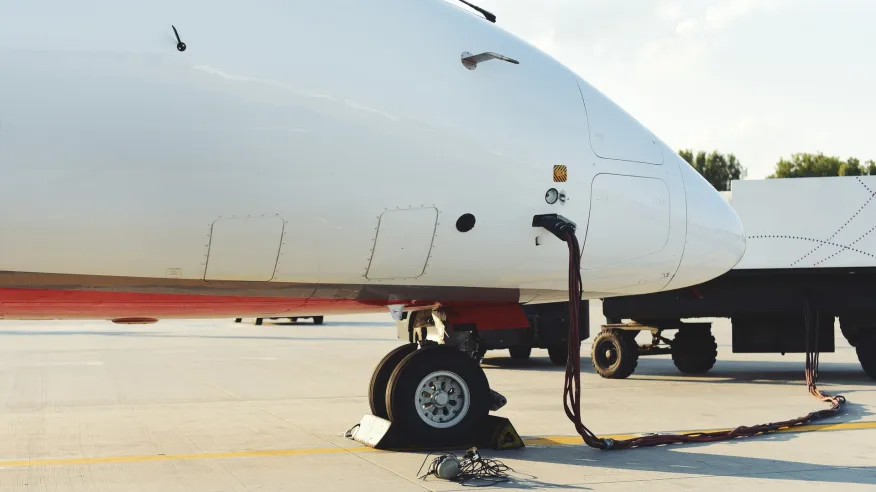
Wafricnews - June 21, 2025
MIT Unveils Game-Changing Sodium-Air Fuel Cell That Could Revolutionize Planes, Trains & Drones
In a groundbreaking leap for clean energy innovation, researchers at the Massachusetts Institute of Technology (MIT) have developed a high-performance sodium-air fuel cell that could become a powerful, affordable energy source for electric aviation and rail transport — potentially transforming the way we power large vehicles across the globe.
The new technology, revealed by MIT News, offers a dramatic increase in energy density, outperforming traditional lithium-ion batteries by a wide margin. Early tests suggest the prototype cells could store three times more energy per pound than even the best electric vehicle batteries on the market today.
“This work suggests a pathway,” the MIT team wrote in their published paper, pointing toward the possibility of a sustainable, low-carbon energy future—particularly for planes, trains, and drones, which have long been hindered by the weight and limitations of current battery technologies.
How It Works
The fuel cell works by combining liquid sodium metal—a material that can be easily extracted from common table salt—with oxygen from the air. This simple yet elegant reaction produces electricity with impressive efficiency and significantly reduced safety risks compared to lithium-ion batteries, which are known for their flammability and sensitivity to moisture.
Sodium is abundant, inexpensive, and safer to store and transport, giving this technology a major edge in terms of global scalability and accessibility.
Aviation’s Next Lift-Off?
One of the most exciting prospects lies in electric aviation, an industry that has been searching for lightweight power solutions. According to Professor Yet-Ming Chiang, lead scientist on the project, electric planes require batteries with around 1,000 watt-hours per kilogram for regional flights — a goal that this sodium-air technology is approaching.
While still a stretch for international travel, the fuel cell could power domestic flights, which account for roughly 30% of aviation-related pollution, making it a major win for the environment.
Beyond the Skies
The fuel cell’s potential isn’t limited to the skies. It could also be used in trains, ships, and heavy-duty drones, all while producing no carbon emissions. Even better, by-products like sodium oxide not only avoid harming the atmosphere — they could help clean it by absorbing carbon. If the resulting sodium bicarbonate ends up in oceans, it may even help deacidify seawater, tackling another critical environmental issue tied to fossil fuels.
In a world grappling with extreme weather, health crises from pollution, and climate-driven disasters, the shift to clean and effective power systems has never been more urgent.
What’s Next?
The innovation currently exists as a small lab-scale prototype, but a startup called Propel Aero, formed by members of the MIT team, is working to commercialize the technology. The company plans to unveil a shoebox-sized sodium-air fuel cell for large drones within the next year, paving the way for broader adoption.
“We expect people to think that this is a totally crazy idea,” said Chiang. “If they didn’t, I’d be a bit disappointed — because if people don’t think something is totally crazy at first, it probably isn’t going to be that revolutionary.”
As climate challenges mount and the world looks for real solutions, MIT’s sodium-air fuel cell might just be the disruptive technology the planet has been waiting for.
By Wafricnews Desk.
By Wafricnews Desk.


Comment
To post a comment, you have to login first
LoginNo Comments Yet...